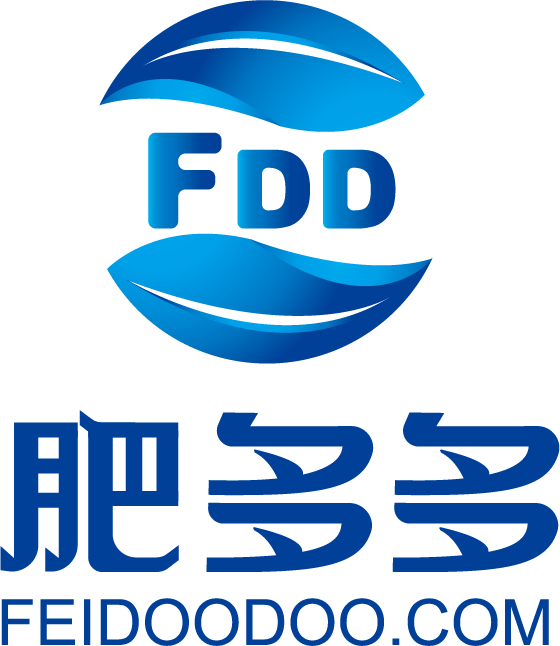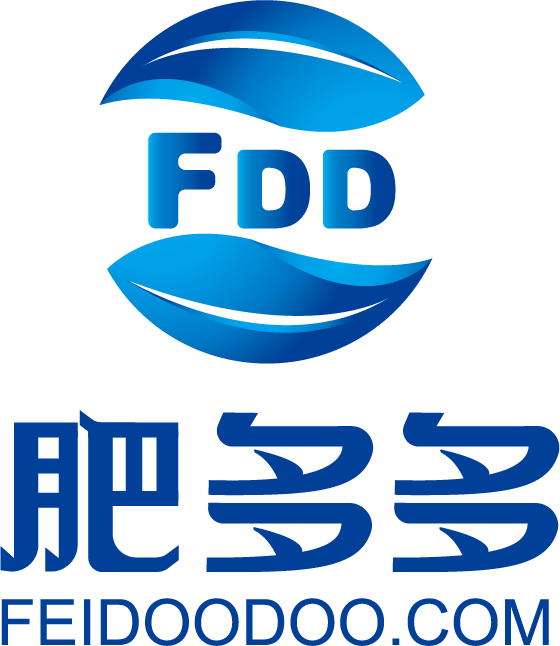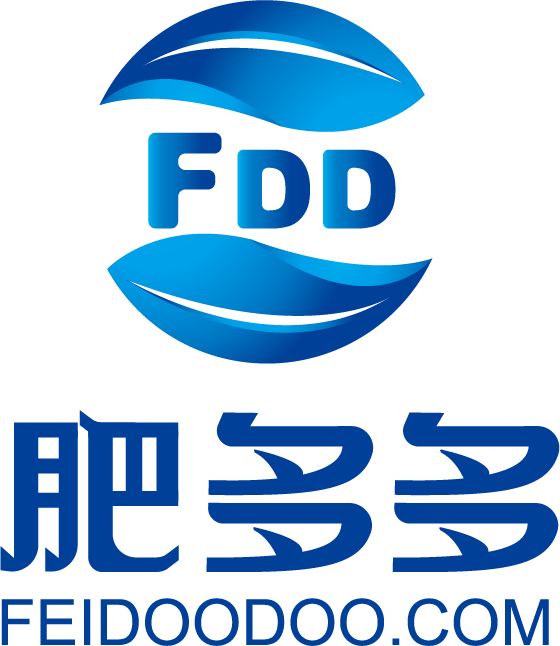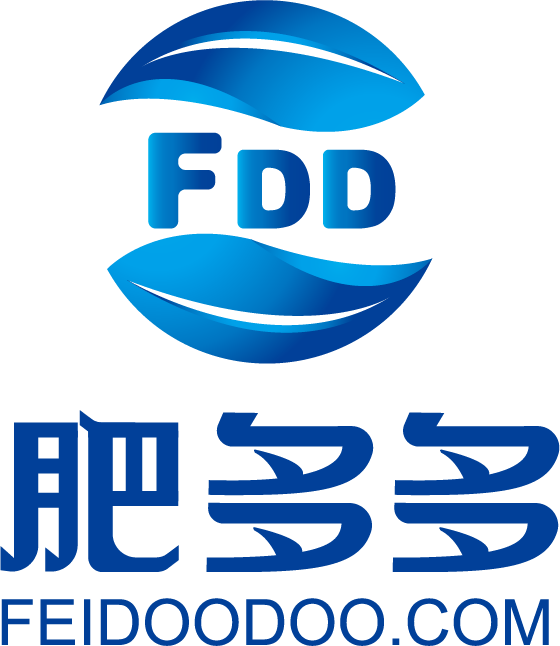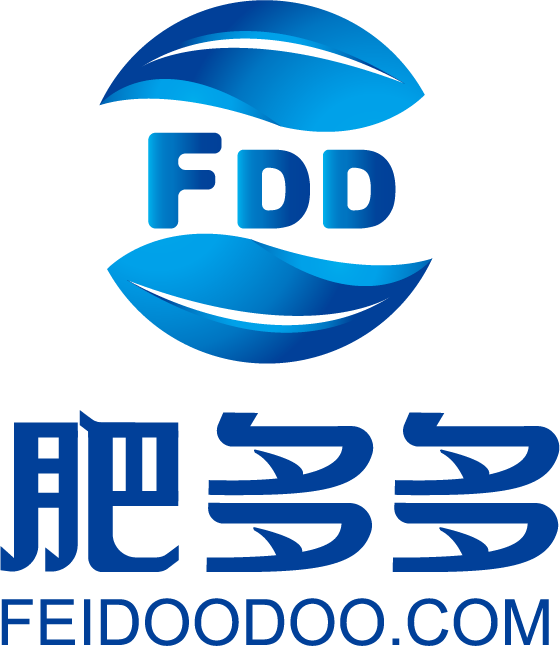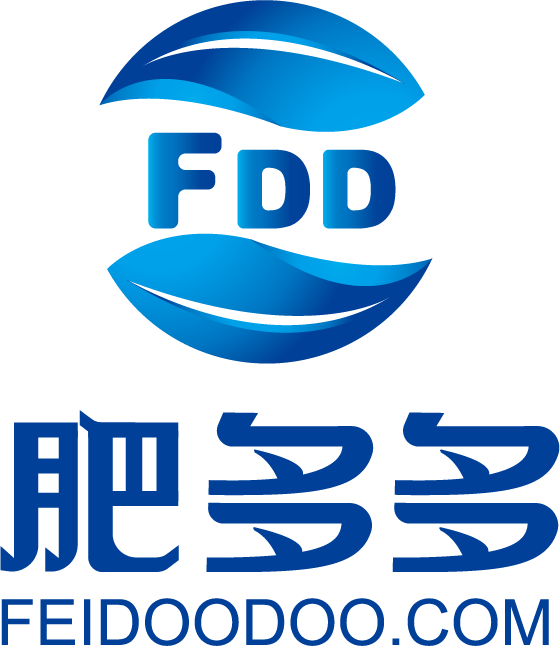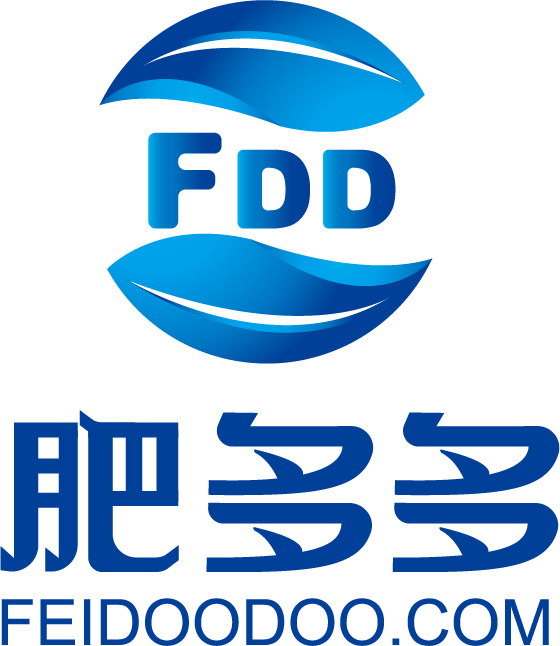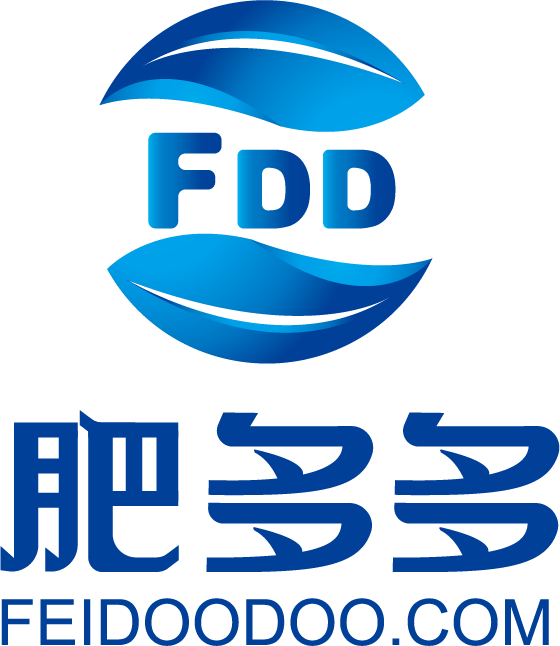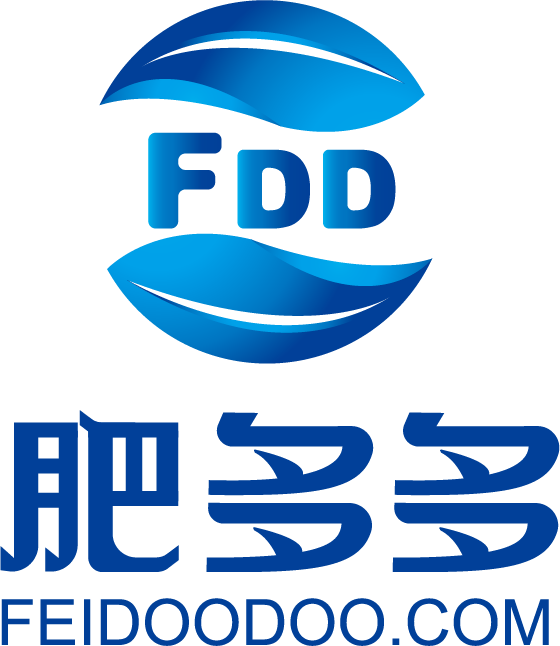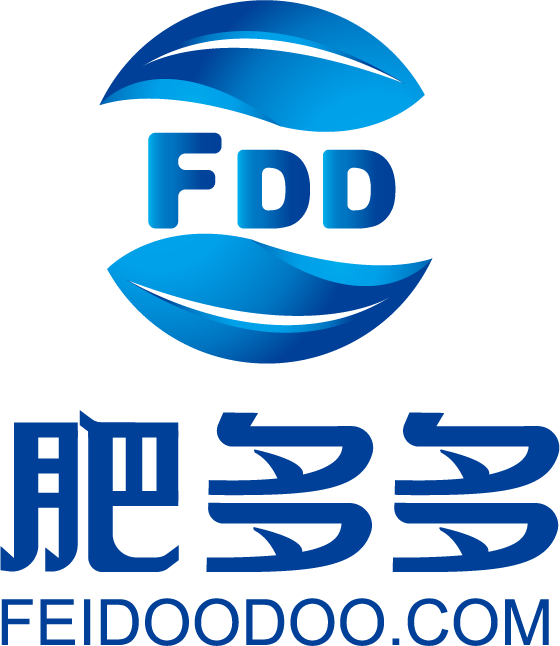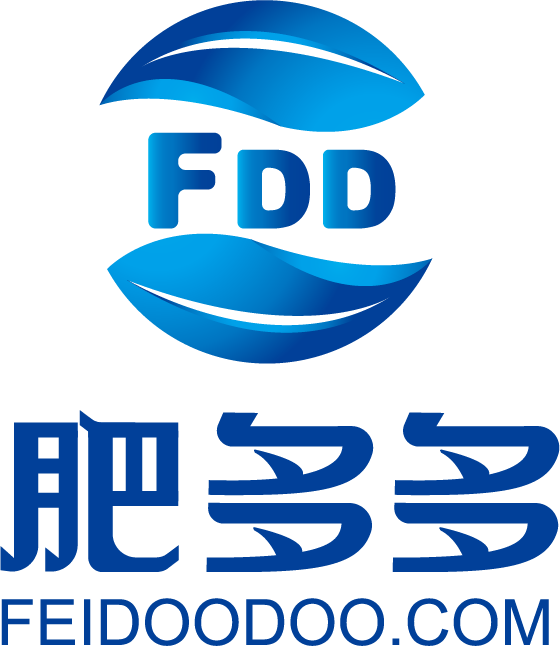- This article provides a comprehensive analysis of the current state and future predictions of the monoammonium phosphate (MAP) and diammonium phosphate (DAP) markets as of March 4. The analysis reveals that both markets are experiencing stable prices with MAP indices for various forms remaining unchanged and DAP indices also showing stability across different content levels. The report attributes the steadiness in the MAP market to optimistic factory sentiments, with many opting to halt sales in anticipation of favorable conditions, coupled with a speculative market atmosphere driven by export news that has enhanced trader confidence. However, demand remains constrained due to limited improvement from downstream compound fertilizer companies. The DAP market, similarly, shows a consolidation trend with stable enterprise ex-factory prices and a tight supply-demand dynamic fostering a bullish market sentiment. Yet, the absence of concentrated end-user purchasing and cautious basic demand follow-up suggests short-term market stability. The analysis underscores the influence of raw material price fluctuations and export policies on market dynamics, projecting a short-term steady to slig
- This analysis provides an overview of the urea market dynamics as of March 4th, characterized by a slight upward adjustment in the price index, indicative of a 0.74% week-over-week increase, juxtaposed against a 16.20% year-on-year decline. The urea futures market exhibited volatility with the UR405 contract experiencing a 2.29% rise from the previous trading day, amidst a trading range of 2170-2201. The spot market saw modest price explorations upward, influenced by favorable market news, leading to an active follow-up on new orders across various regions. Notably, prices in the North China region saw an increase to 2160-2380 yuan/ton, while South China prices ascended to 2380-2450 yuan/ton, reflecting regional disparities in price adjustments. Market forecasts suggest a continued uplift in the urea market, driven by robust demand from both the agricultural sector, with impending green fertilizer needs, and sustained industrial demand. The supply side is marked by a temporary reduction in daily production to 181,700 tons, indicating a short-term dip in the manufacturer's spot supply, albeit maintaining a high operational level. The market sentiment is buoyed by urea export news,
- This study provides a comprehensive analysis of the phosphate fertilizer market, focusing on the weekly trends in prices, industry operations, and production for both monoammonium phosphate (MAP) and diammonium phosphate (DAP). The findings indicate that export news has significantly improved the trading atmosphere, with MAP and DAP prices showing minor fluctuations. The industry's operation rates for both MAP and DAP have increased compared to the previous week, although they vary year-on-year. Production trends reveal an increase in output for both fertilizers, while port inventories demonstrate significant yearly decreases. The market forecast suggests a continued positive trend, with potential narrow gains in MAP prices and a stable to upward trend in DAP prices, driven by steady demand and tight supply conditions.
- This article comprehensively analyzes the urea market over the past week, highlighting the dynamics of prices, demand, supply, and market inventory. The urea market witnessed a general atmosphere with sluggish high-end transactions and predominant lower-end transactions, resulting in minor price adjustments within a narrow range. The Fertilizer Price Index data revealed a slight decline in the domestic average price index for small granule urea. The week they started with a cooldown in market transactions and limited new order completions, leading to a slight easing in enterprise sales pressures and quotations. Mid-week adjustments in factory quotations facilitated an improvement in order receipts and a significant increase in low-end market transactions, which in turn, reinforced the enterprises' pricing stance and led to a rebound in quotations. However, the end of the week saw a gradual increase in market resistance due to continuous price hikes, leading to a cautious approach in downstream purchases. The article further delves into the specifics of delivery area quotations, highlighting regional price variations. The futures warehouse receipt distribution indicated a notable d
- This monthly review delves into the dynamics of the domestic urea market, with a focus on price trends, supply-demand equilibrium, industry operations, and production and inventory trajectories. February witnessed a transformation from a weak to a strong market, influenced significantly by the Spring Festival holiday. The pre-festival period was marked by sluggish demand and trading, while the post-festival phase saw a revival in agricultural demand and market transactions, stabilizing prices after an upward trajectory. The urea price index, as of February 29, 2024, reflected a 16.48% year-on-year decrease. The industry's average operating rate for the month was 84.22%, indicating a robust production environment, further supported by high daily outputs and resumed operations post-shutdowns. Inventory levels at ports and companies showed an uptick, yet remained within manageable limits, influenced by seasonal shipping reductions and subsequent post-holiday recovery. The forecast for March 2024 anticipates a stable urea market with potential minor price adjustments, contingent on the balancing act between sustained demand and ample supply, alongside the overarching influence of expor
- This article provides a daily analysis of the urea market, highlighting a slight downward adjustment in domestic urea prices and a decrease in the urea futures market. The spot market analysis reveals a weak market sentiment with stable to declining prices across various regions in China. Despite good transactions for new orders on the production side and expectations of reduced supply, the enthusiasm for price increases among downstream buyers is low, resulting in a market stalemate. The forecast suggests that urea market prices will likely experience stable to slight adjustments within a narrow range in the short term, reflecting the current balance between supply expectations and moderate demand release.
- This article presents a daily review of the phosphate fertilizer market, focusing on monoammonium phosphate (MAP) and diammonium phosphate (DAP). The price indices for both MAP and DAP remained stable on February 29th, according to Feiduoduo data. The MAP market exhibits a positive atmosphere with upward price potential, driven by restricted sales from producers, increasing trade stock-up enthusiasm, and steady raw material prices. The DAP market remains stable with limited company inventories and a strong bullish outlook from industry players, despite the slow release of downstream demand. The analysis forecasts a narrow upward adjustment for MAP prices and stable to slight adjustment for DAP prices in the short term, reflecting the current market dynamics and raw material cost trends.
- This article provides a comprehensive analysis of the current state and future outlook of the phosphate fertilizer market, specifically focusing on monoammonium phosphate (MAP) and diammonium phosphate (DAP). As of February 28th, the market for both MAP and DAP has exhibited stability in prices, with indices reflecting a steady position. Manufacturers display a positive outlook, with a tendency towards stock holding and a slight upward movement in transaction prices. The market sentiment leans bullish, underpinned by an active trading atmosphere and positive trends. Despite a lack of significant improvement in market conditions and limited raw material procurement, the ongoing release of positive developments from downstream factories suggests potential market upliftment. Raw material costs, particularly for sulfur, phosphate rock, and synthetic ammonia, show minor fluctuations, maintaining a stable to upward trajectory. The analysis concludes that both MAP and DAP markets are expected to continue their narrow range operations in the short term, with underlying demand and tight supply dynamics potentially leading to slight price increases.
- This monthly report on the phosphate fertilizer market reveals a gradual release of favorable demand conditions, signaling a warming market trend. The analysis covers both monoammonium phosphate (MAP) and diammonium phosphate (DAP), presenting a comprehensive overview of market dynamics, including price trends, supply and demand balances, and production rates. The MAP market experienced steady operation before the holiday period, with a slight increase in prices post-holiday. The DAP market, meanwhile, was characterized by a cautious atmosphere pre-holiday, with stable to slightly adjusted prices, transitioning to a slight increase in prices and trading resumption post-holiday. The report utilizes Fertilizer Duo Duo data to elucidate these trends, highlighting specific price indices and their variations within the month. The raw material segment discusses the current state and expectations for phosphate rock, synthetic ammonia, and sulfur markets, indicating a slight cost pressure increase but generally stable conditions expected in the following month. The supply side is marked by increased production enthusiasm towards the month-end, with MAP supply remaining ample and DAP spot
- This article provides an in-depth analysis of the current dynamics within the phosphate fertilizer market, focusing on monoammonium phosphate (MAP) and diammonium phosphate (DAP) segments. The MAP segment exhibits an upward price adjustment driven by manufacturers' strong inclination to raise prices and a bullish market sentiment fueled by active export atmospheres. The gradual release of downstream demand and stable raw material prices suggest a short-term continuation of narrow price gains in the MAP market. Conversely, the DAP market maintains stability with enterprise quotations holding steady and a positive market sentiment underpinned by improved transactions and optimistic future market expectations. The firm prices of raw materials and the gradual release of winter storage demand indicate that the DAP market prices are expected to undergo short-term consolidation. This analysis encapsulates the current trends and forecasts within the phosphate fertilizer market, highlighting the interplay between supply-demand dynamics and raw material costs.
- This article provides a comprehensive analysis of the current state of the urea market, encompassing the domestic urea price index, futures market trends, and spot market dynamics. The domestic urea price index has shown a slight day-to-day increase, with a significant year-to-year decline. The futures market for urea has demonstrated an increase in both open interest and price fluctuations. The spot market analysis reveals a slight upward trend in urea prices, with better transactions at lower price points and tentative increases in enterprise quotations. The market forecast indicates a potential for narrow upward adjustments in prices due to reduced supply expectations and increased demand from both agricultural and industrial sectors. Overall, the urea market is expected to maintain narrow fluctuations in prices in the short term.
- This article provides an analysis and forecast of the monoammonium phosphate (MAP) and diammonium phosphate (DAP) markets as of February 26. Both markets exhibit stability with slight variations influenced by export news and downstream demand dynamics. The MAP market maintains stability with expectations of a narrow increase due to positive market sentiment and gradual release of downstream demand. Conversely, the DAP market experiences a slight adjustment with stable corporate outputs and increasing downstream replenishment enthusiasm, potentially leading to an adjusted market operation in the short term. The analysis highlights the role of raw material prices, such as sulfur, phosphate rock, and synthetic ammonia, in shaping the market trends for both MAP and DAP fertilizers.
- This article provides a comprehensive analysis of the current state of the urea market, highlighting the recent cooling in market atmosphere and the subsequent decline in urea prices. Utilizing data from the Fertilizer Plenty, it details the changes in the urea small particle price index, evidencing a notable week-on-week and year-on-year decrease. The dynamics within the urea futures market are explored, with specific attention to the UR405 contract's performance. The spot market analysis reveals a downward adjustment in prices across various regions, attributed to a combination of stable to declining factory quotations and a modest uptick in transactions following price adjustments. The forecast section anticipates a short-term continuation of narrow price fluctuations, underpinned by a cooling market sentiment and a gradual recovery in demand. The supply-side is characterized by an increase in maintenance activities, potentially leading to a short-term supply adjustment, whereas the demand side shows weakened follow-up and limited price support, despite a continuing increase in industrial demand. The analysis concludes that the urea market is currently experiencing a phase of we
- This report provides a comprehensive analysis of the phosphate fertilizer market post the Spring Festival holiday, focusing on the price trends, industry operation status, production trends, and inventory levels of Monoammonium Phosphate (MAP) and Diammonium Phosphate (DAP). The analysis reveals a gradual emergence of market demand and an overall positive atmosphere, with price indices showing minor fluctuations. The industry operation rates for both MAP and DAP have seen an increase, indicating a positive shift in production dynamics. However, year-on-year comparisons reveal a mixed performance. Weekly production trends show an uptick, suggesting an industry response to the improving market conditions. Port inventories for both MAP and DAP have remained stable week-on-week but have shown a significant decrease year-on-year, indicating tighter market supplies. The market forecast anticipates stable prices with minor adjustments, influenced by cautious trader mentalities and tight supply conditions, highlighting the need for market participants to navigate the evolving landscape with informed strategies.
- This week, the urea market experienced a positive post-holiday trading atmosphere, with quotations generally trending upwards. As market sentiment influenced later stages, prices gradually adjusted downwards in small increments.
- Mall
- Supermarket
- Supplier
- Integrated logistics
- Warehousing
- Transaction Services
- Expo Services

